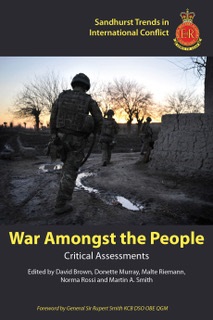By: Animesh Roul
Bangladesh’s Islamist landscape unexpectedly expanded with a reported resurgence of al-Qaeda-linked Harkat-ul Jihad al-Islami-Bangladesh (HUJI-B—Movement of Islamic Holy War-Bangladesh) terrorist group, which has been lying dormant for over a decade. On October 2, Dhaka police arrested three senior HuJI-B operatives from the Khilgaon area of the capital city who were reportedly engaged in reviving HuJI-B’s operations in Bangladesh. The arrested were identified as Mohammad Atikullah, who is in charge of HuJI-B’s international relations, Nazim Uddin, secretary of HuJI-B’s Dhaka operation and Mohammad Borhanuddin, who is in charge of the HuJI-B’s Feni unit in Chittagong. The investigating agencies have initiated a countrywide search and sweep operation for an additional 30 or more HuJI-B members and sympathizers that came in contact with Mohammed Atikullah, who seems to be the leading financier. According to police, at least five of them are presently hiding in the capital Dhaka and the rest are in the Chittagong area.
Initial interrogation reports revealed that all three arrested operatives have combat experience from the Afghan-Soviet war, fighting alongside Taliban and al-Qaeda jihadist elements. Among these three arrestees, Mohammad Atikullah had multiple meetings with jihadist leaders in Afghanistan during the late 1990s. Atikullah, who is originally from Feni, Chittagong, reportedly returned to Bangladesh in 1998 after meeting Taliban supreme leader Mullah Omar and al-Qaeda’s Osama bin Laden and began working in different Quami madrasas to spread HuJI-B’s grassroot network in Bangladesh. He was involved in establishing an Islamist charity named al-Ansar-Welfare Foundation before he fled to Dubai in 2006. He remained in Dubai for several years and returned to Bangladesh in March 2019. Upon his return Atikullah and two of his associates started meeting former HuJI-B’s underground cadres and the family members of imprisoned HuJI-B operatives, attempting to reorganize and revive HuJI-B’s operations in Bangladesh (Daily Star, October 3; Daily Star, October 5).

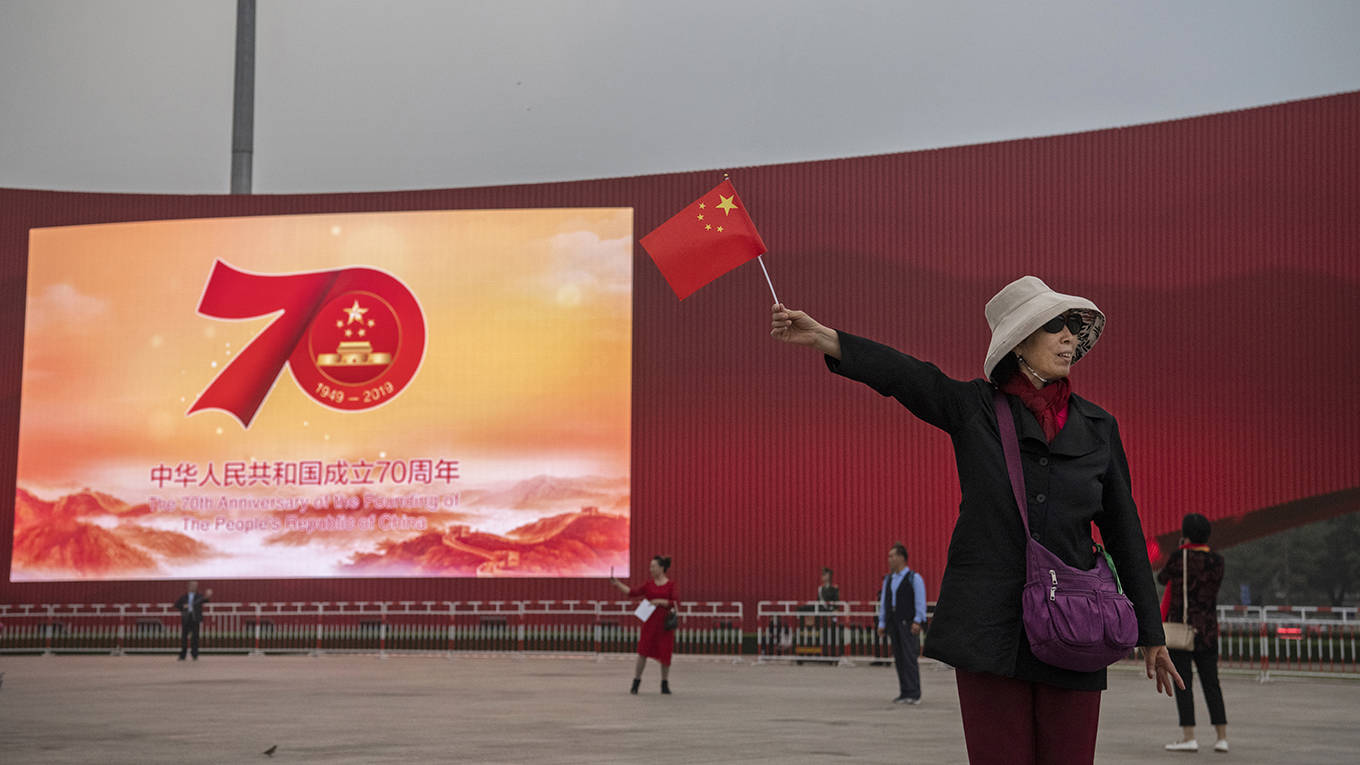
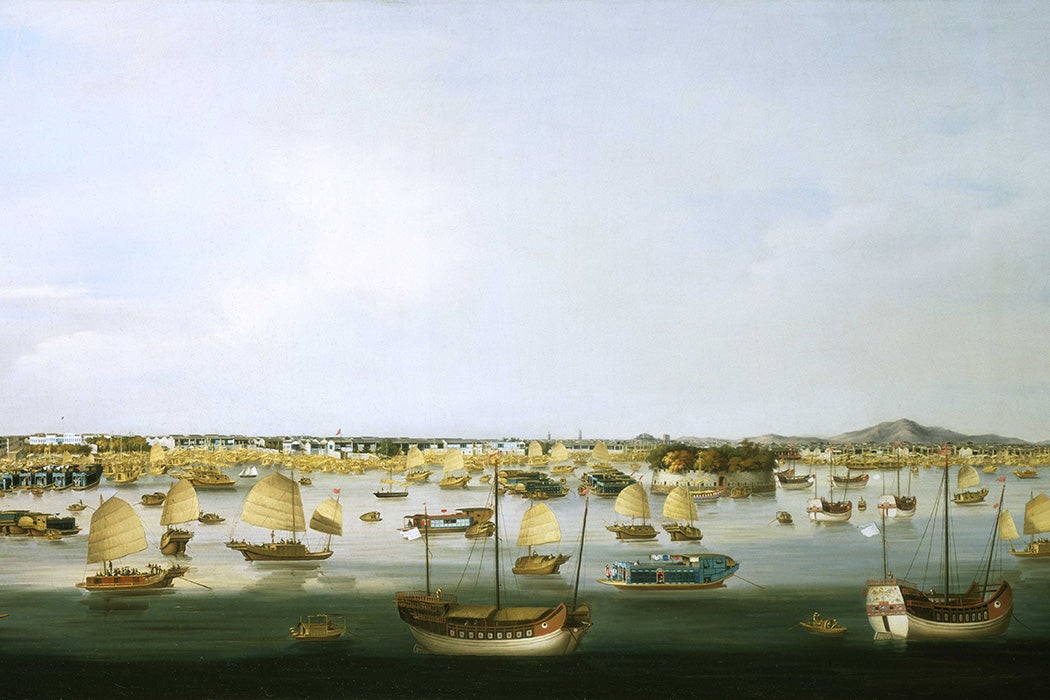



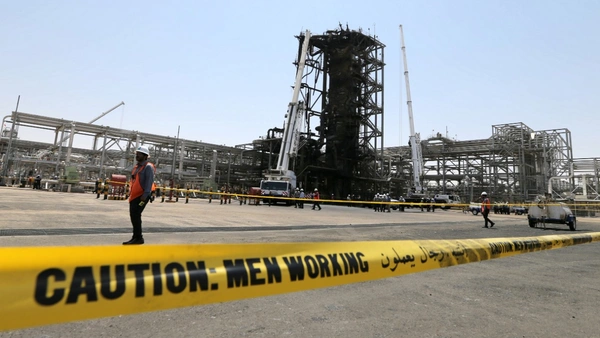
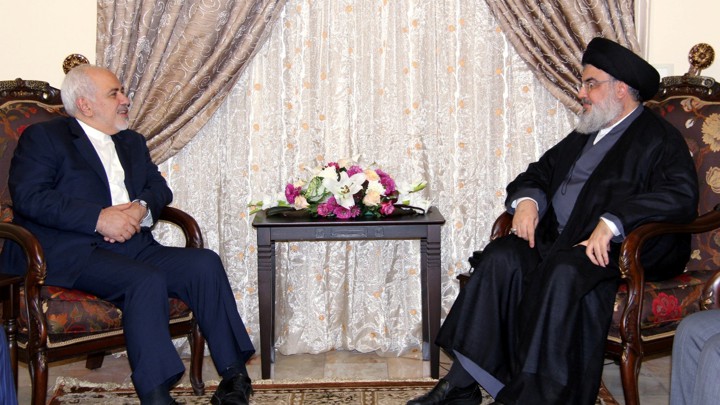
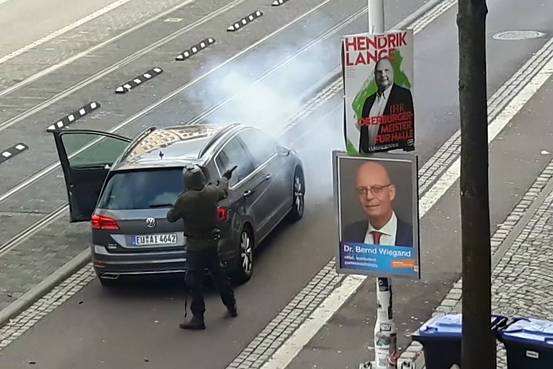
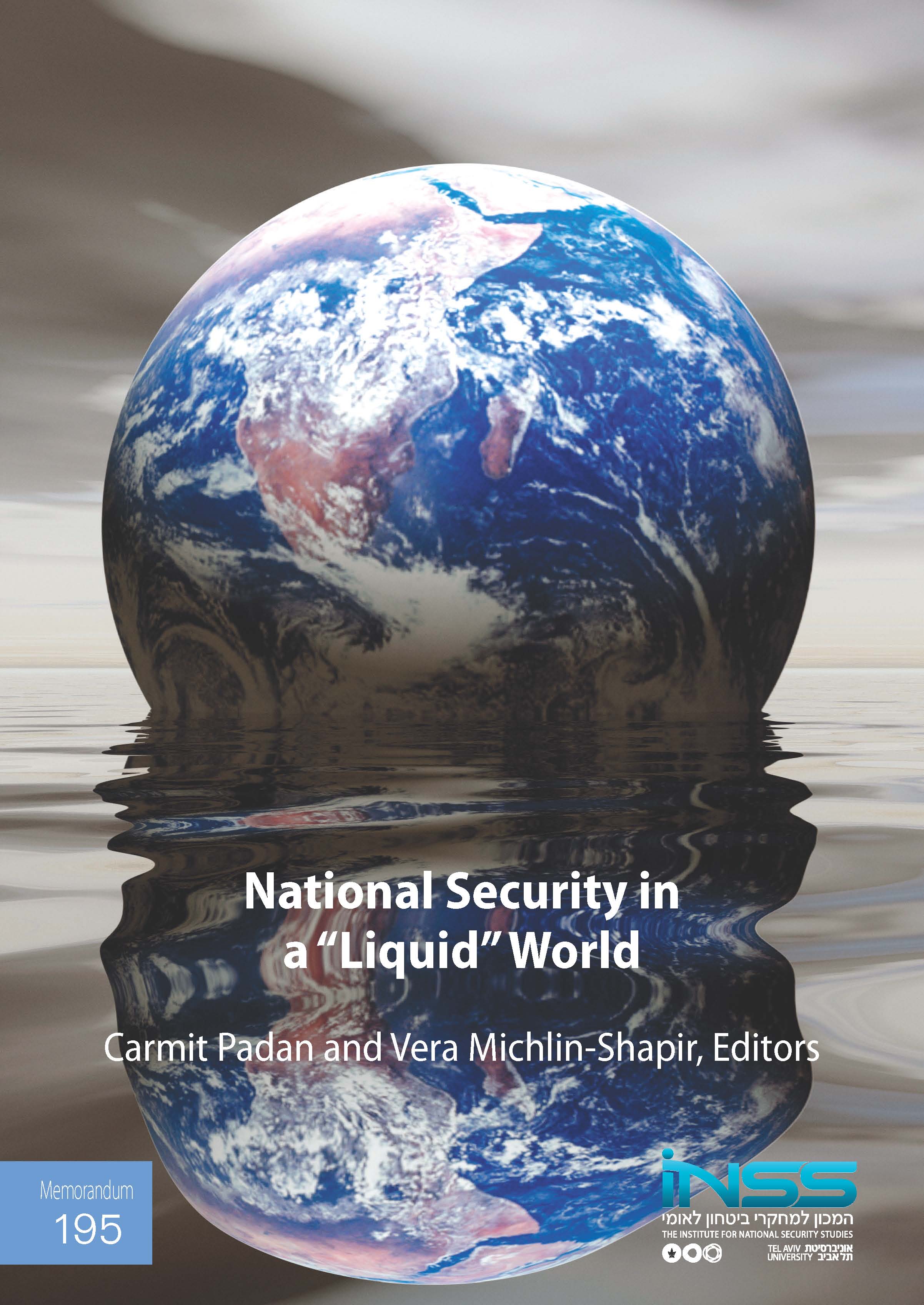

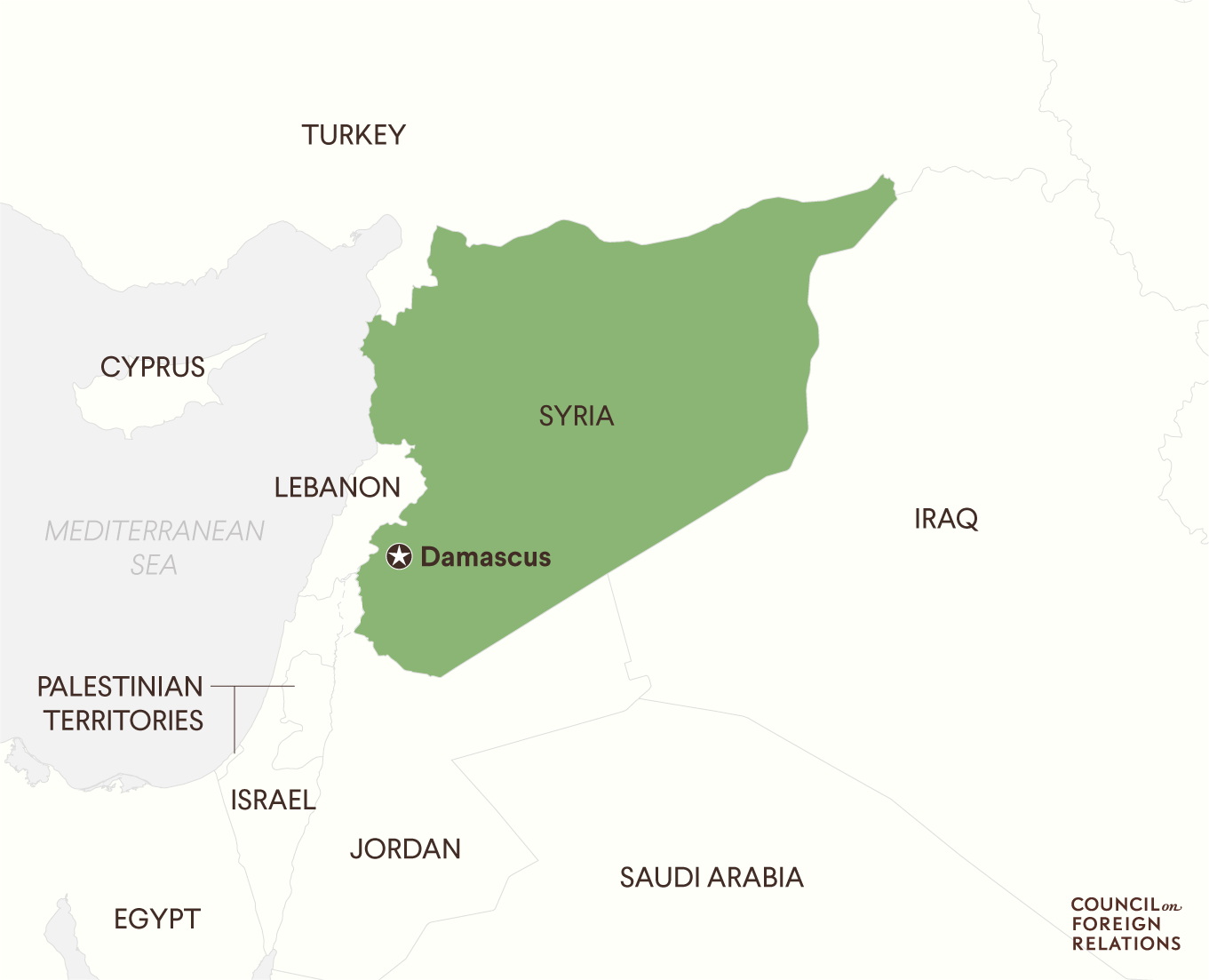


/arc-anglerfish-arc2-prod-mco.s3.amazonaws.com/public/NP4NSISG2FEPZL2XR7R24GPCWI.jpg)


